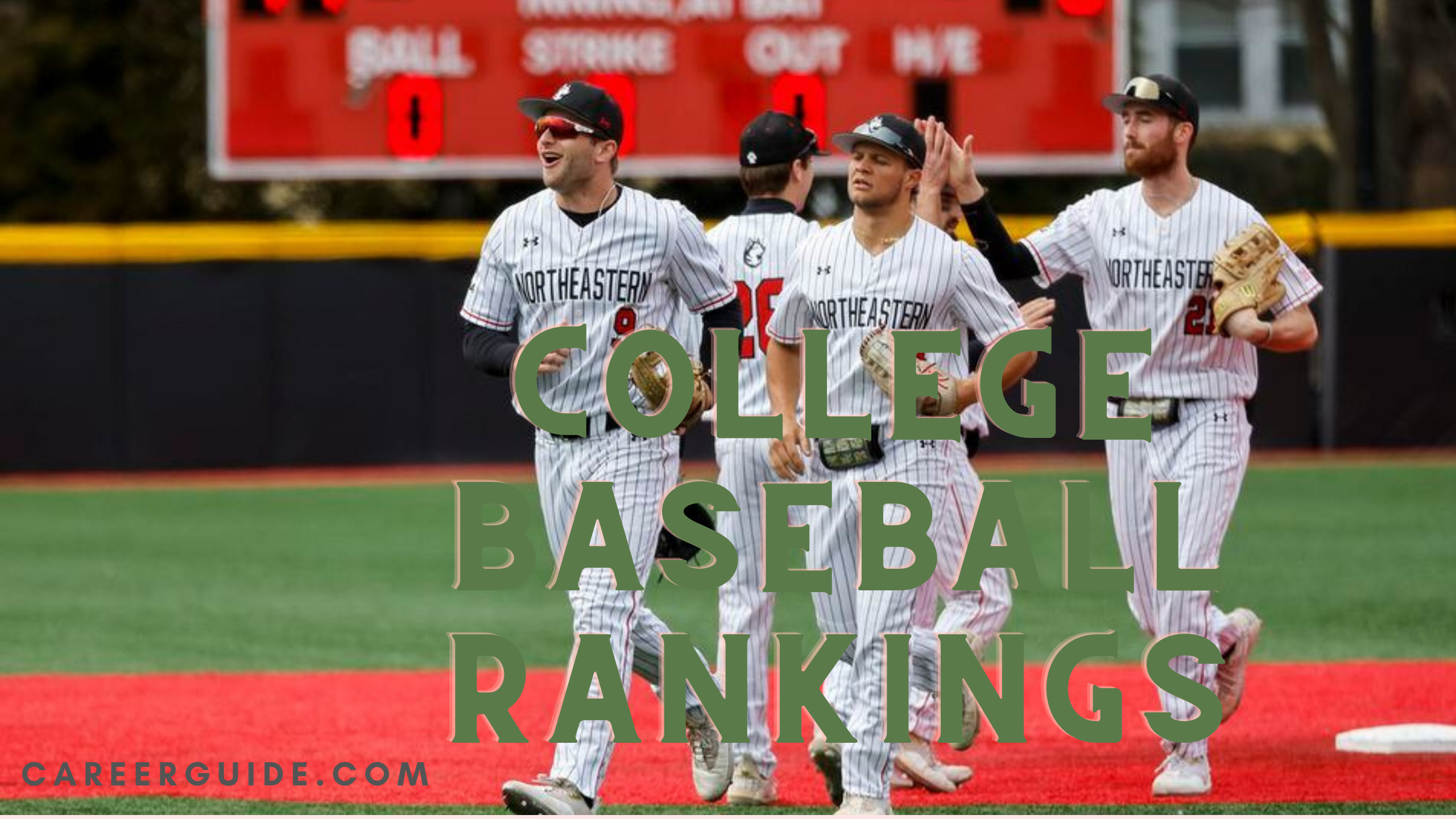College baseball rankings refer to the systematic assessment and ranking of collegiate baseball teams based on their performance, records, and overall competitiveness in various divisions or conferences. These rankings provide a snapshot of the relative strengths and standings of different college baseball programs across the country.
The rankings are typically compiled by sports media organizations, coaches’ polls, or official governing bodies such as the National Collegiate Athletic Association (NCAA).

Introduction of College Baseball Rankings
- Win-Loss Records: Teams with better win-loss records are generally ranked higher, indicating their success in competitions.
- Strength of Schedule: The difficulty of a team’s schedule, including the caliber of opponents faced, influences rankings. Teams that perform well against strong opponents may receive higher rankings.
- Head-to-Head Results: The outcomes of direct matchups between teams can have a significant impact on their rankings. A victory against a higher-ranked opponent often elevates a team’s standing.
- Conference Performance: Teams within specific conferences compete against each other, and their success within their respective conferences contributes to their overall ranking.
- Statistical Performance: Individual and team statistics, such as batting averages, earned run averages (ERA), and fielding percentages, may be considered in the ranking process.
- Expert and Coach Opinions: Coaches’ polls and the opinions of baseball experts or analysts can also play a role in determining rankings.
NCAA Baseball Rankings
These rankings are subject to frequent updates during the baseball season, and new rankings are typically released by various sports organizations, including the National Collegiate Athletic Association (NCAA) and baseball media outlets.
To access the most recent NCAA baseball rankings, I recommend checking official NCAA websites, sports news outlets, or specialized baseball websites. These sources provide up-to-date information on team rankings, standings, and other relevant statistics throughout the college baseball season.
For the latest NCAA baseball rankings, you can visit:
- NCAA Official Baseball Page: The official NCAA website often provides updated rankings and comprehensive coverage of college baseball. Visit NCAA Baseball.
- Baseball News Outlets: Sports news websites such as ESPN, College Baseball Nation, and D1Baseball.com regularly publish and update NCAA baseball rankings.
- Team Websites: Individual college baseball team websites may also share the latest rankings and standings.
- Coaches’ Polls: Coaches’ polls are influential in determining rankings. The USA Today Coaches’ Poll is one such poll that can offer insights into the current standings.
Top College Baseball Teams
- D1Baseball.com: D1Baseball provides comprehensive coverage of college baseball, including rankings, scores, and analysis. Visit D1Baseball.
- NCAA Official Baseball Page: The official NCAA website offers up-to-date information on college baseball, including team rankings. Visit NCAA Baseball.
- Baseball America: Baseball America is a trusted source for baseball news, and they regularly publish college baseball rankings. Visit Baseball America.
- ESPN College Baseball: ESPN covers college baseball extensively, and their website includes rankings, scores, and analysis. Visit ESPN College Baseball.
- Collegiate Baseball Newspaper: This publication is known for its college baseball coverage, including rankings and analysis. Visit Collegiate Baseball Newspaper.




















